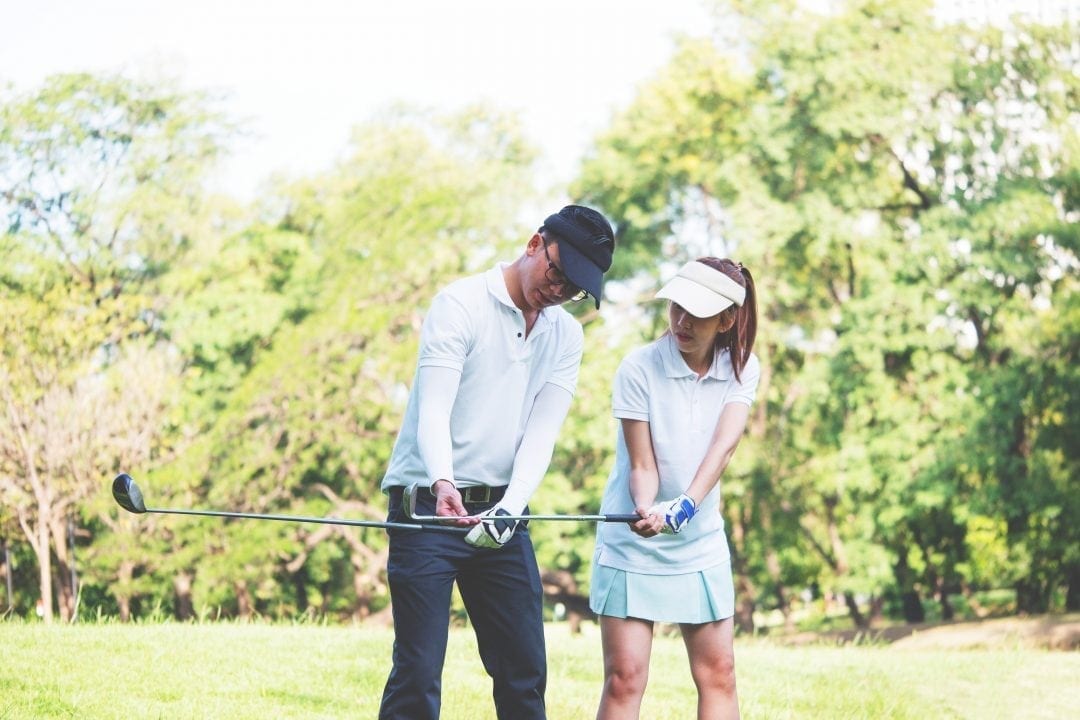You are so excited to finally play a round of golf with your friend who has recently taken up the game. As you approach the first tee, your friend declares to you, as her mentor and the experienced golfer and says, “Please tell me if you see me doing something wrong in my golf swing.”
As you play a few holes, you notice your friend keeps topping the ball. As her mentor, you finally decide to give her some friendly advice, instructing her to “Keep your head down.” Who hasn’t heard this one? In reality, this is one of golf’s biggest myths. In fact, some better players have head movement. As a good player swings back, often there is some movement of the head, laterally, away from the ball early, not up or down. Then, as the player swings through, her head turns through naturally as she watches the ball fly to her target.
Keeping your head down at any point during the golf swing is the last thing you want to tell someone. By keeping your head down, you stifle your upper body’s ability to rotate. A hindered rotation may cause your hands to flip. Your weight may either shift too little, too late or not at all. Your arms may pull up and into your body. You may lose your proper spine angle created during your setup, and you will definitely impact any chance of solid contact with the little white golf ball.
Keeping your head down can also actually hurt you physically. It puts a tremendous amount of stress on your neck. The more you try to keep your head down, the harder it is to turn through the golf ball. So, the moral of this story is: Encourage your friend to let herself freely turn through her swing and forget about keeping her head down.
As her mentor, you can ask three simple questions to help your friend make more consistent contact with the ball.
- Does she see the club make contact with the ball?
- Does she hear the club make contact with the ball?
- Or does she feel the club make contact with the ball?
It may take a few swings to answer this question. She will either be a seeing, hearing, or feeling learner. Once you have the answer, you are on your way to becoming a well-informed and successful mentor.
If your friend sees the club make contact with the ball, simply ask her to “see the contact” before she starts to follow her ball to her target. Likewise, if she hears or feels the contact, she will stay in her posture until after she hears or feels the contact and then follow her ball to her target. By using her sensory system as a trigger, she will keep her head out of the way and make more solid contact with the ball.

Always giving smart and teachable info for us amateur players, thanks
Thanks for info, always helpful